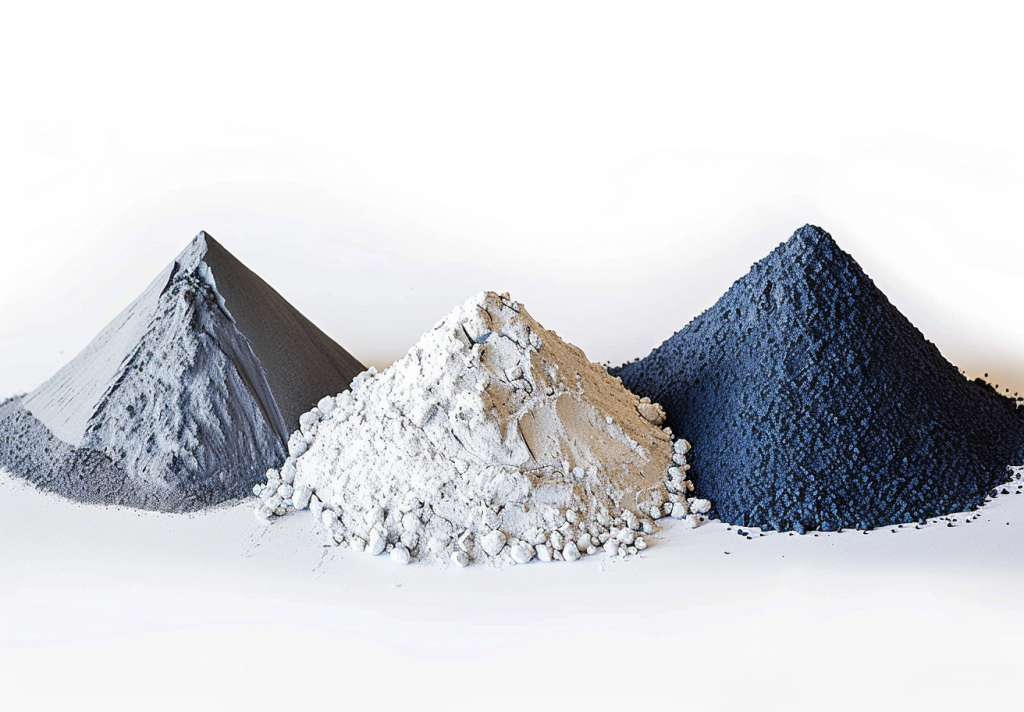Surface modification of ceramic powders

Surface modification of ceramic powders is a key technology used to improve their performance in various applications, such as dispersibility, fluidity, compatibility with binders, and uniformity and density of the final product. Several main surface modification methods and their effects can be summarized.
Organic carboxylic acid esterification reaction
The esterification reaction between organic carboxylic acid and the hydroxyl groups on the surface of powders such as alumina can change the highly polar polyhydroxyl surface structure into a non-polar organic surface structure covered by long hydrocarbon chains, thereby eliminating the hard agglomeration between powders, reducing the internal friction during the pressing process, greatly improving the uniformity and density of ceramic green bodies and products, and significantly improving the strength of products.
Liquid phase chemical coating technology
The surface modification and surface coating of powders are used to improve the dispersibility of powders and change the phase structure and properties of powders. This includes the use of different polymer layers, such as polyethylene, polystyrene, and polymethyl methacrylate, which are polymerized on the surface of ultrafine ZrO2 and SiC powders by low-temperature plasma polymerization.
Use of stearic acid and adipic acid
The carboxyl groups in stearic acid and adipic acid undergo esterification reaction with the hydroxyl groups on the surface of nano zirconium oxide powder particles to form a monomolecular film on their surface, so that the surface-modified nano zirconium oxide powder is converted from polar to non-polar, while showing good flow properties.
Oxidation pretreatment
By oxidizing pretreatment of Si3N4 powder, a coating mainly composed of Si2N2O can be obtained on the surface. This treatment can significantly reduce the viscosity of the slurry, increase the amount of liquid phase during sintering, promote densification, and inhibit the nucleation of b-Si3N4.
High-energy ball milling method
Introducing nano-Al2O3 into ZrB2 through high-energy ball milling to form ZrB2-Al2O3 composite ceramic powder, and then performing organic functional modification can significantly improve the dispersibility of the powder in epoxy resin, and the modified composite material exhibits higher heat resistance.
Barium oxalate coprecipitation method
Selecting BaTiO3 powder produced by barium oxalate coprecipitation method as the matrix raw material, adding MgO to modify the surface of the powder particles can prevent grain growth, increase density, expand the firing temperature range and increase hardness.
Silane coupling agent coating modification
Using silane coupling agent KH-845-4 to coat and modify nano-Si3N4 ceramic powder can significantly improve the suspension stability, thermogravimetric, particle size distribution and other physical properties of the powder in the solvent.
Emulsion polymerization modification
Ultrafine ZrO2 ceramic powder is added to the polymer emulsion of methyl methacrylate (MMA) and styrene (ST) to prepare polymer-coated ceramic powder. This method can significantly improve the ability of powder to avoid agglomeration and is used for injection molding to prepare uniform and fluid ceramic injection materials.
